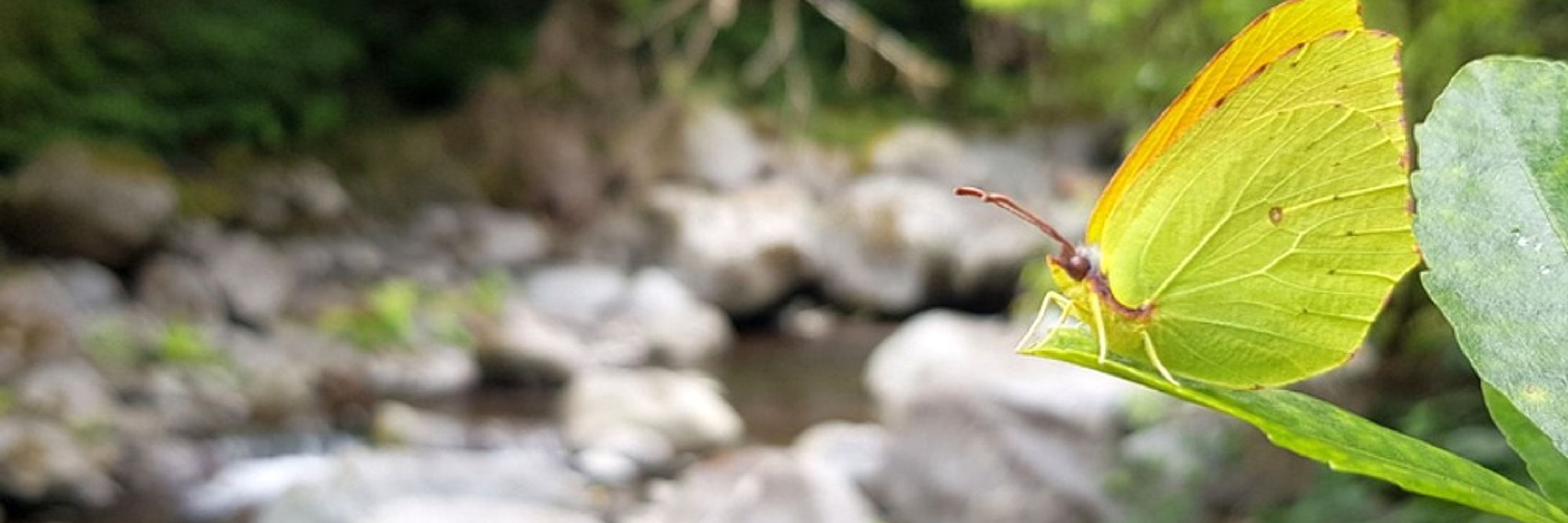Chris van Swaay
@chrisvanswaay.bsky.social
1.6K followers
490 following
260 posts
Ecologist and butterfly expert at Vlinderstichting and Butterfly Conservation Europe
Posts
Media
Videos
Starter Packs

















